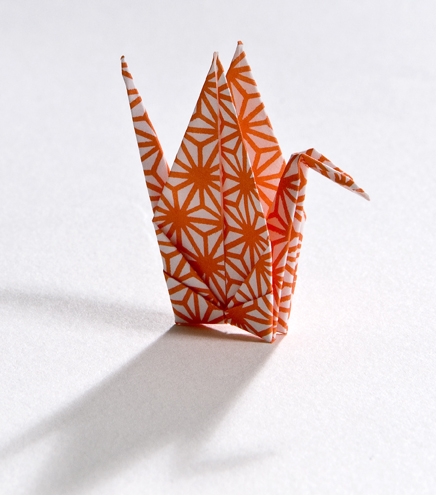Therapy For Low Risk Patients
Most children with low risk Hodgkin lymphoma can expect to be cured.
Definition of Low Risk Hodgkin lymphoma:
| Low Risk Hodgkin Lymphoma |
| Stage IA and IIA, without bulk disease |
NB. Lymphocyte predominant histology is treated as a separate entity
The aim of therapy is to cure Hodgkin lymphoma and reduce the risk of long term side effects from therapy.
The choice between chemotherapy alone and combined modality therapy (CMT) for non-bulky early stage disease is contraversial2.
For Hodgkin lymphoma the rate of response to initial chemotherapy is an important prognostic factor and so the concept of "response-directed therapy" has evolved.
Several multi-institutional trials have shown that children and adolescents with stage IA/IIA non-bulky HL can be effectively treated with:
- 2-4 cycles of chemotherapy followed by involved field radiation therapy (IFRT) to doses between 15-25 Gy4.
The Children's Cancer Group (CCG) 5942 trial randomized complete responders to 21 Gy IFRT or no further treatment following 4-6 cycles of COPP/ABV chemotherapy. Favorable risk patients who were given combined modality therapy, had a 3-year EFS of 97% and an OS of 100%5.
The German-Austrian Multicenter Trial DAL-HD-95 treated favourable risk patients with:
- Two cycles of OPPA (vincristine, prednisone, procarbazine, and doxorubicin) for girls or two cycles of OEPA (procarbazine replaced by etoposide) for boys6.
- RT was omitted among patients achieving a CR to chemotherapy, using strict criteria (27% of treated patients), with the remaining patients receiving 20-35 Gy IFRT depending on the chemotherapy response.
- Early reports demonstrate relapse rates less than 10%.
These protocols differ from most adult protocols:
- Modify chemotherapy exposure according to sex in order to minimize the gonadotoxic effects of alkylating agents on males.
- A number of regimens have successfully eliminated the use of alkylating agents altogether for favorable risk disease7,8,9,10.
The issue of elimination of RT in children and adolescents is currently under study given encouraging results from the German-Austrian study and previous CCG study.
The Children's Oncology Group low-risk HL protocol (AHOD 0431) tested the hypothesis that favourable-risk (IA/IIA) patients could be successfully treated without involved field radiotherapy (IFRT) if they experienced a complete radiologic response to 3 cycles of dose-dense chemotherapy (AV-PC) q3 weeks x3 chemotherapy with G-CSF for supportive care. ie
| AV-PC | A = Doxorubicin (Adriamycin) V = Vincristine P = Prednisone C = Cyclophosphamide |
It was estimated that ≥ 65% of patients could be treated without RT, thereby reducing their risk of late effects. The relapse rate among patients whose CR was not confirmed by FDG-PET scans exceeded stopping rules, and in December 2008 accrual to the study was suspended.
We have yet to identify the best indicators of good prognosis for treatment determination
Standard therapy off Study for low risk Hodgkin lymphoma is the subject of debate. Some centers use:
- 4 cycles of ABVD
- If CR after 2 cycles then patients are given 2 more cycles of chemotherapy and NO RT.
- Low dose involved field RT for bulky disease gives a small improvement in failure free survival.

